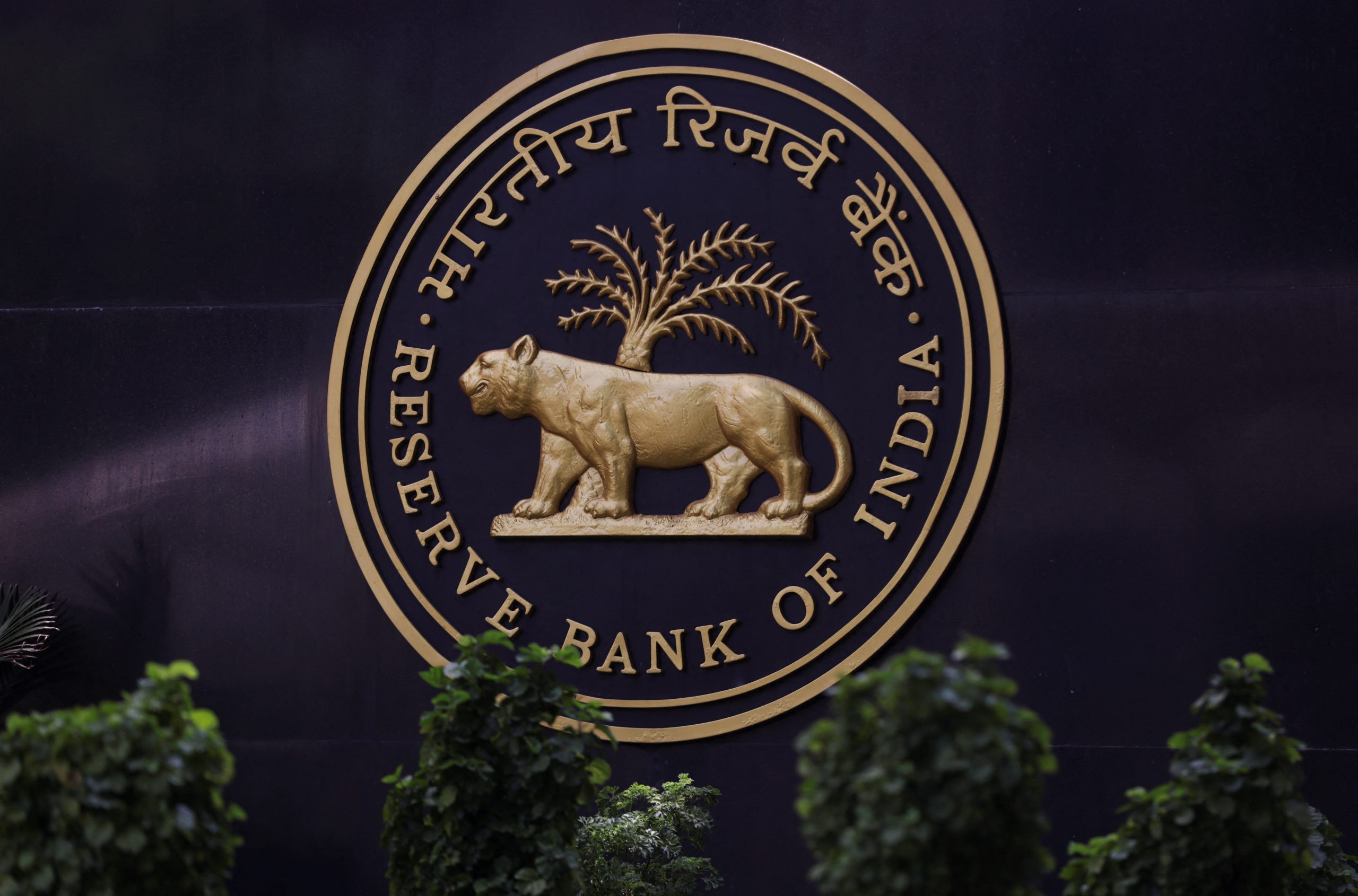India’s Central Bank Maintains Rates, Signals Support for Growth and Economic Resilience
Mumbai — The Reserve Bank of India (RBI) held its key policy rate steady on Wednesday, leaving the door open for potential easing in December as it continues to monitor the effects of domestic tax cuts and global trade dynamics.
The six-member Monetary Policy Committee (MPC) unanimously voted to keep the repo rate at 5.50% and maintain a neutral policy stance, highlighting the RBI’s commitment to fostering sustainable growth while keeping inflation in check.
RBI Governor Sanjay Malhotra noted that favorable macroeconomic conditions, including low inflation, have created room to support economic expansion. Consumer tax cuts announced by the government, alongside recent monetary measures, are expected to strengthen domestic demand and maintain price stability, providing a positive outlook for the coming months.
India’s economy continues to show remarkable resilience, with GDP growth for the current financial year revised upward to 6.8% from a previous estimate of 6.5%.
The April-June quarter recorded an impressive 7.8% year-on-year growth, reflecting robust domestic activity and strong demand across key sectors. Governor Malhotra emphasized that structural reforms and supportive fiscal measures are helping to counterbalance external challenges, including U.S. tariffs on certain exports.
Inflation remains well within the central bank’s target range, with projections for the year at a moderate 2.6%, down from the earlier estimate of 3.1%. Lower food prices and tax reductions have contributed to this favorable outlook, offering the RBI flexibility to respond proactively to evolving economic conditions. Analysts have described the RBI’s stance as dovish, signaling the possibility of measured rate cuts later in the year to further support growth.
In addition to maintaining rates, the RBI announced a range of measures to enhance lending and strengthen the international use of the rupee. Banks will enjoy greater flexibility to provide credit to large corporates, support acquisitions, and expand lending against listed securities. These steps are designed to promote investment, stimulate economic activity, and ensure a dynamic credit environment for businesses.
To encourage the rupee’s global acceptance, the central bank will allow domestic rupee balances to be invested in corporate bonds and enable lending in rupees to neighboring countries, including Nepal, Bhutan, and Sri Lanka.
Rules governing foreign currency borrowing for Indian firms will also be eased, creating additional avenues for growth and cross-border trade.
The RBI’s approach demonstrates a careful balance between fostering economic expansion, maintaining financial stability, and promoting innovation in financial markets. With strong growth momentum, moderate inflation, and supportive policy measures, India is well-positioned to navigate global challenges while sustaining long-term economic development.
By combining prudent monetary management with proactive reforms and a focus on credit and internationalization, the RBI is ensuring that India’s economy remains resilient, adaptive, and poised for continued success in the months ahead.



